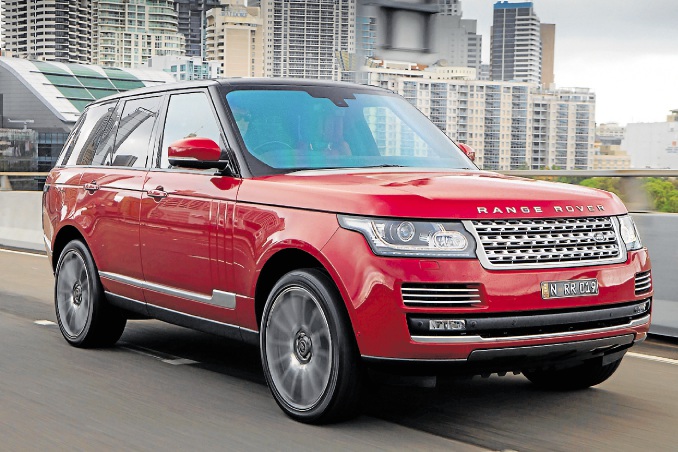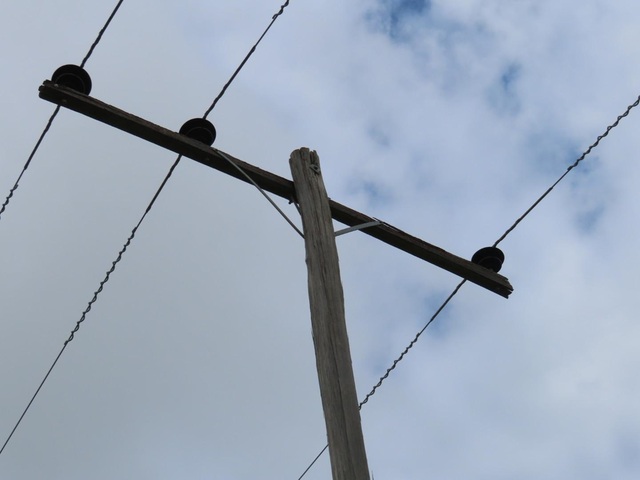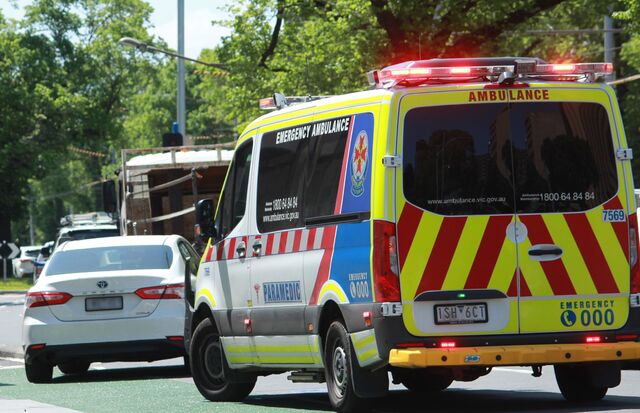Julie and I settled into our leather-trimmed lounge seats. We turned on the TV, couldn’t find anything to interest us, so went instead to a movie on the DVD player.
It was time to get moving to meet friends at a new coffee spot. So I fired up the supercharged V8 engine in the front of our hotel room and set off down the road.
The all-new Range Rover really is like a mobile hotel room. It is spacious, luxurious and finished to an immaculate standard in top-line leather, timber and alloy.
I wanted to key the details of the new coffee place into the Rangie’s sat-nav.
Not a problem. We pushed the pause button on the DVD, keyed in the coffee shop’s address, then hit ‘play’ on the DVD. Julie put on headphones to watch the movie and I looked at the same centrally mounted screen to see the satellite navigation route.
That’s right! The same screen. From the driver’s seat I watched the sat-nav map; from the front passenger’s seat the movie was playing.
New, fourth generation Range Rover is considerably larger than the original launched more than 40 years ago, but it retains enough visual features to instantly make its heritage obvious.
The previous Range Rover was disgustingly overweight. The designers have managed to pull 420kg out of the new one. This weight reduction has been achieved despite the vehicle being significantly larger and more spacious. Improvements to the engines, transmissions and aerodynamics have resulted in fuel and CO2 cuts of as much as 22 per cent. That’s clever.
Supercharging a five-litre V8 petrol engine results in a powerplant that can rocket this mobile hotel room from rest to 100km/h in 5.4 seconds. The boot is huge and easy to load through the two-piece, horizontally split tailgate.
The gen-four Range Rover is even more capable than its forebears in serious off-road conditions — and that’s saying something.
Prices start at a big $168,900 and range all the way up to a sky-high $240,100 for the supercharged V8 petrol.







